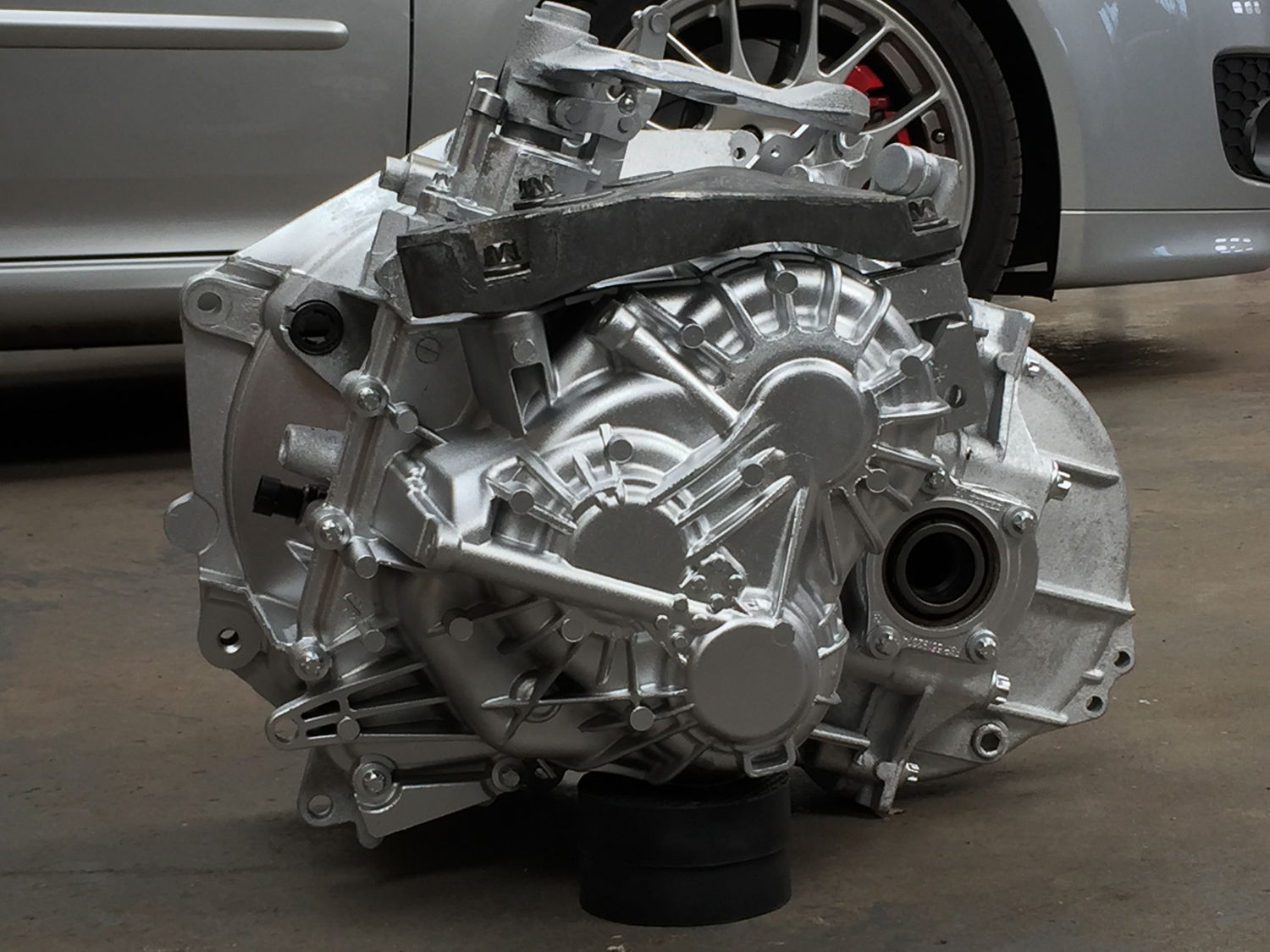It promises 350Nm of max torque. So, my mind issues with 'weak' gearbox are irrelevant. it's a tough one.
The M32 is supposed to handle 320 Nm... how is that going?
Those numbers are only for recommended max torque .. . after that the gearbox might have catastrophic failure (it bends the shafts or rips apart the gears).
Can it handle more torque .. probably.. i mean there are lot of diesel Alfas that do.. the Asta vxr... etc
The max torque isn't that much of a problem.. is the design of the gearbox.. it accumulates heat..oil brakes down, lubrication isn't as good after that.
Repeated several times it will lead to bearing failure.
One of the few ways that save the gearbox is installing a pump and an oil cooler...not really worth it for a daily car that doesn't see any track time.
Although the C635 gearbox might be better than the M32 but it isn't bulletproof. I've seen a lot of forum posts about that as well.


